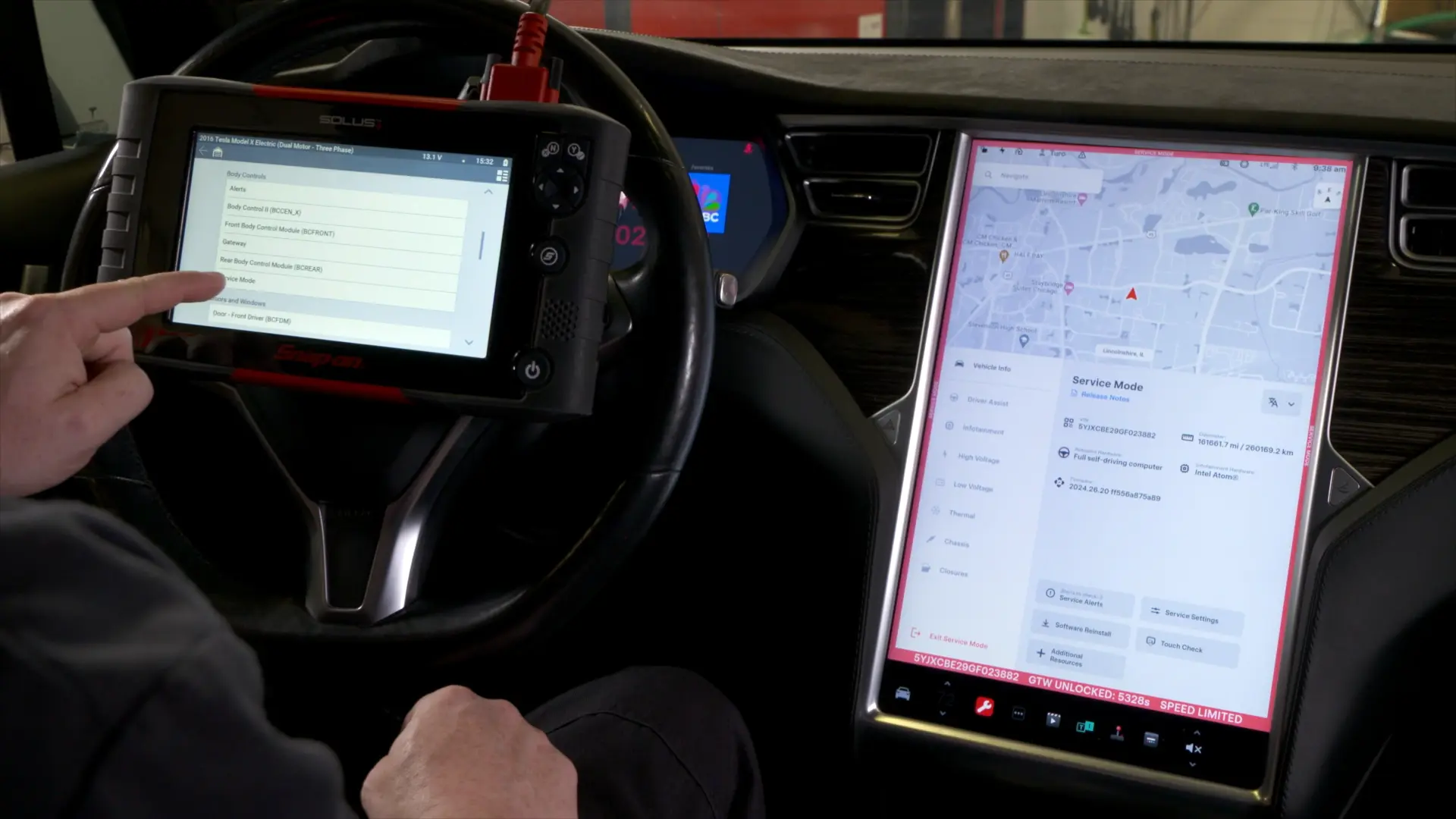This article topic takes me back in time for sure. The article is about electric vehicles, (EV) for short, also known as battery electric vehicles (BEV). The B in BEV defines an all-electric vehicle versus a hybrid.
Many folks might think that BEVs are a new technology. This is not so. The fact is horses and mules were retired from carriages in the 1820s through the 1830s and electric motors were added.
In 1900, 40 percent of automobiles were powered by steam, 38 percent by electricity and only 22 percent by petrol. Unfortunately, the high cost, low top speed and short-range of BEVs led to a worldwide decline in their use as private motor vehicles. So, internal combustion engines would be king for the next 110 years.
In the 2010s, we saw the second wave of electric vehicles. By 2020, over 10 million electric vehicles with a B, BEVs, had been sold globally.
BEV sales in the U.S. accounted for 6.9 percent of all new vehicle sales in 2023. As of July 2024, BEVs made up a whopping 16.8 percent of new car sales in the U.K., while China accounted for 60 percent of global EV sales.
There was a time when I thought there wouldn’t be much to repair on an electric vehicle, and as a result, not much need for us technicians. I was mistaken! All other systems are still needed, including ABS, ADAS, TPMS, AIRBAG, HVAC, IPCM and probably a hundred other acronyms for the various systems between the bumpers.
For example, shown below is the ABS coverage offered on a Snap-on® diagnostic tool with current software for a Tesla®. All these systems need testing and diagnosing the same as a vehicle with an internal combustion engine. DTCs, data, functional tests, resets and relearns are no different.
2023 and older Model S® and Model X® ABS
- ABS module
- brake fluid level switch
- brake pedal switch
- electric brake booster
- electronic parking brake actuator
- iBooster® pedal sensor
- wheel speed sensor
The operation of some of these systems might be extremely different from what we are used to, such as HVAC with an electric heater and an electric motor to drive the AC compressor. We will need to learn new operations and procedures for several other systems. For example, the cooling system is now for keeping the batteries and the charger cool. It could be air cooled or use coolant. The batteries also need to be kept warm so the OEMs all have various ways of controlling that, which we will have to learn to diagnose and repair.
In Japan, the U.S. and Europe a new law was passed requiring the use of an acoustic vehicle alerting system (AVAS) on all BEVs and Hybrids. Yes, they require “car noises” to sound when the vehicle is operating under 20 km/h (12 MPH) for safety reasons. My point is BEVs will not mean less, but more systems and components for us to deal with. As BEV technology grows, it will become more sophisticated than ever.
I have also heard vehicles will self-diagnose. At one time, Cadillac® Seville® and Deville® had a self-diagnose feature, but you needed very specific instructions because retrieving the data was complicated. Today, OEMs are making it much easier, including Tesla®, which offers models with a self-diagnosing feature on its dash display.

SOLUS+ ™ with current software showing specific and comprehensive instructions on how to use the dash display feature.
There are now many OEMs with BEV offerings, such as the Alfa® Romeo Tonale®, Audi® e-tron®, Cadillac® Lyriq®, Chevrolet® Blazer®, Ford® F-150® Lightning® and Mustang Mach-E®, GMC® Hummer®, Hyundai® ioniq®, Jaguar® I-Pace®, Kia® EV6®, Mini®, Nissan® Leaf®, Tesla®, Volkswagen® 1D.3® and more.
We live in a time when wrenches and hammers do not fix cars, but information and data do. These high-voltage vehicles can be dangerous, so make sure you get the training needed to stay safe when making repairs.